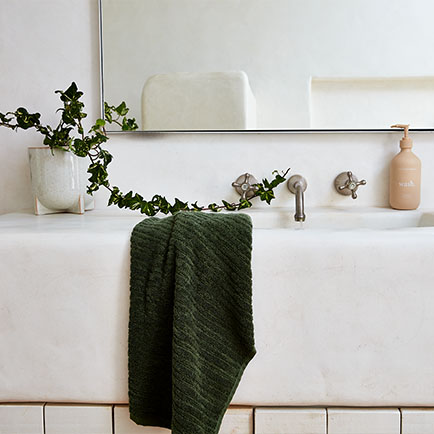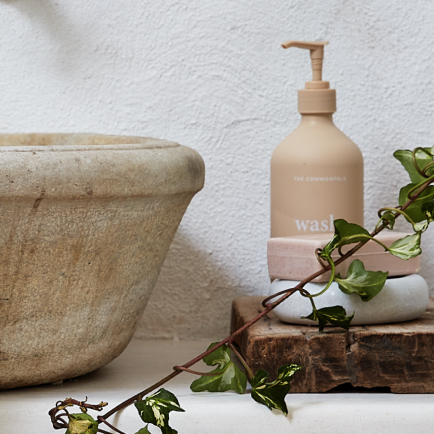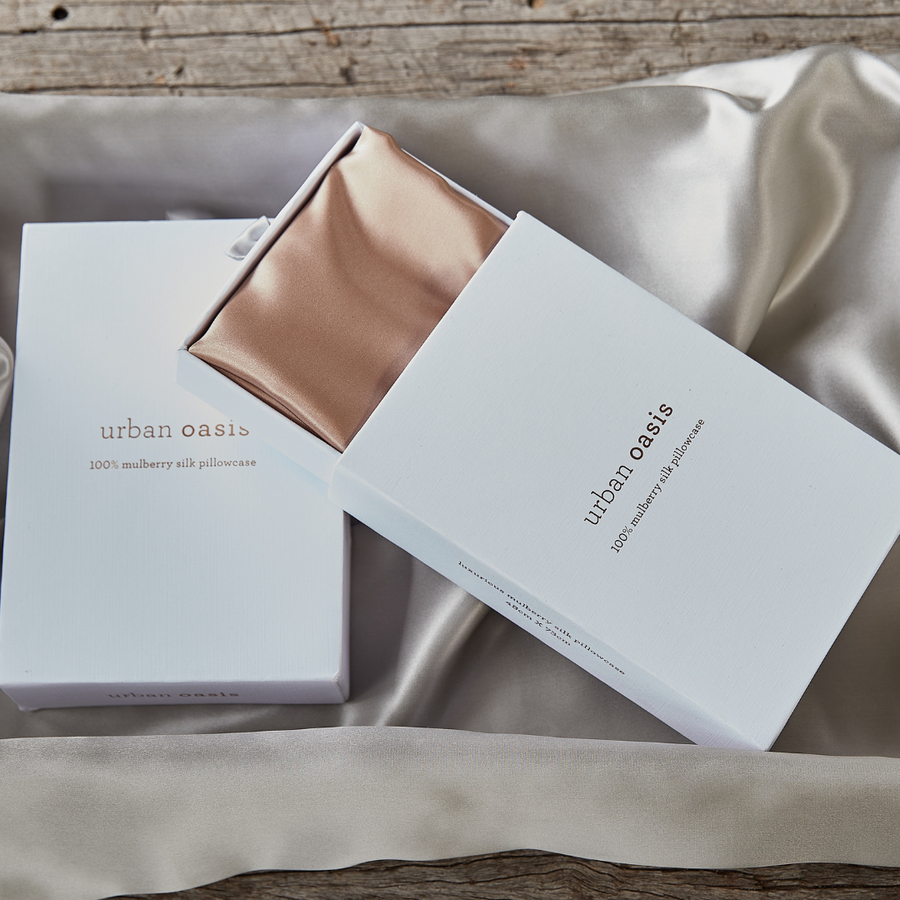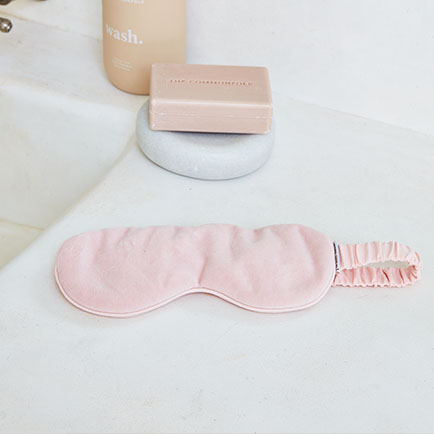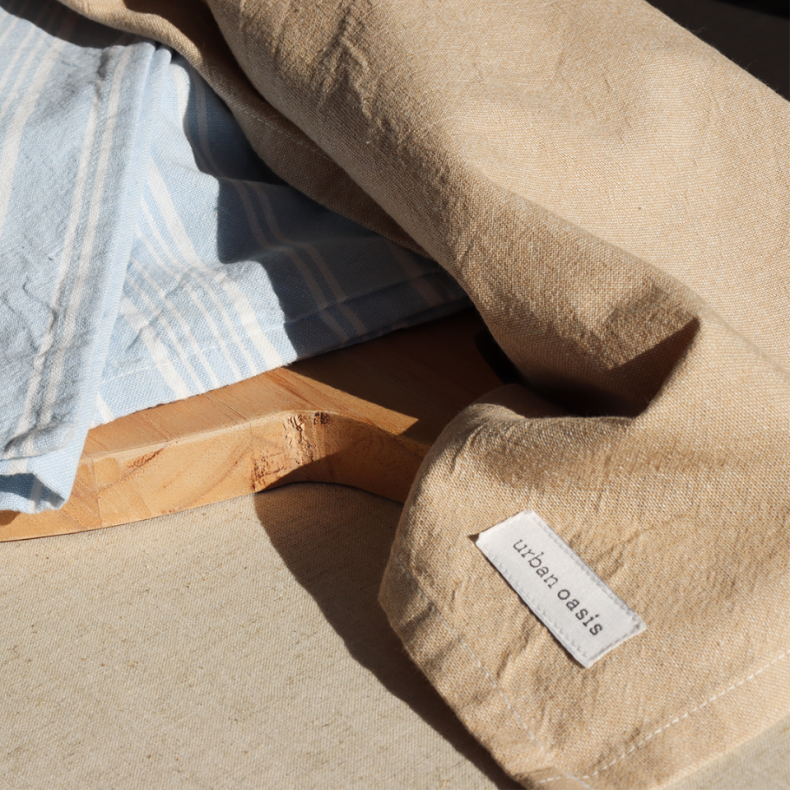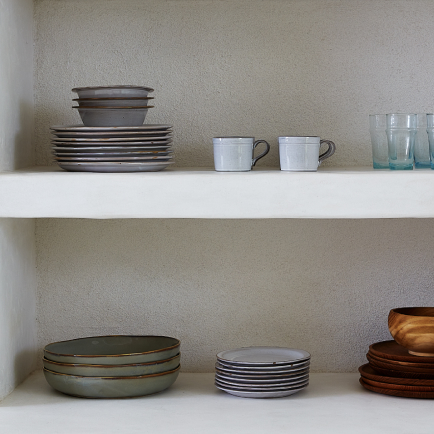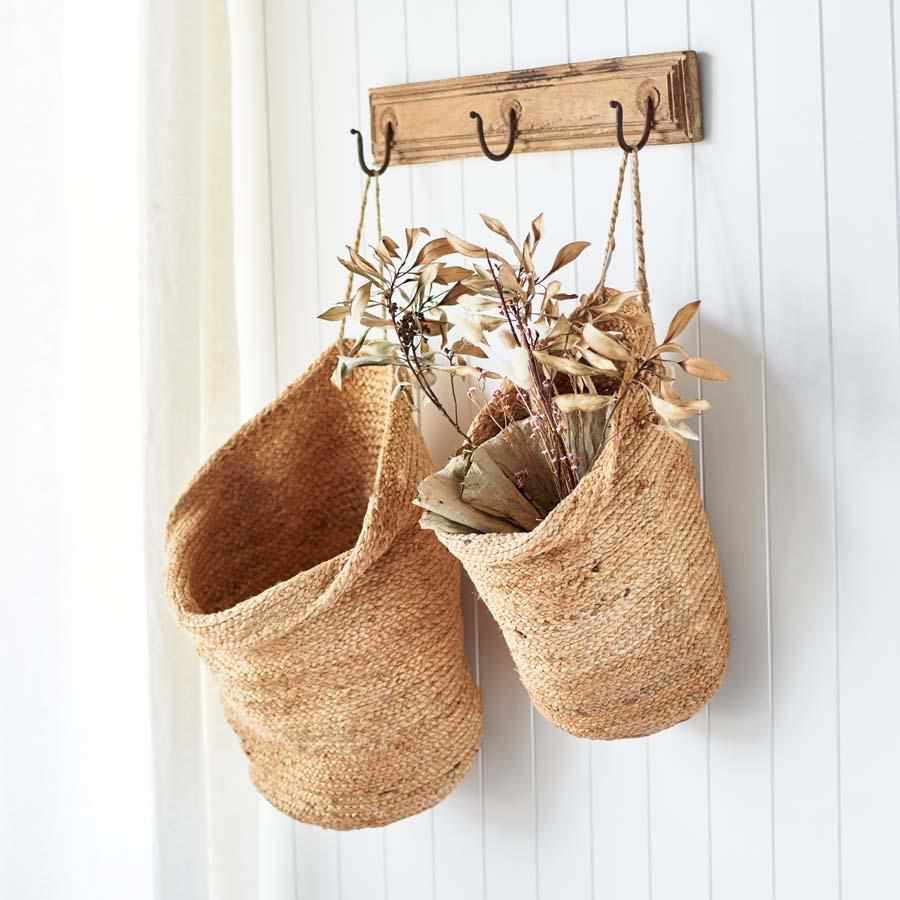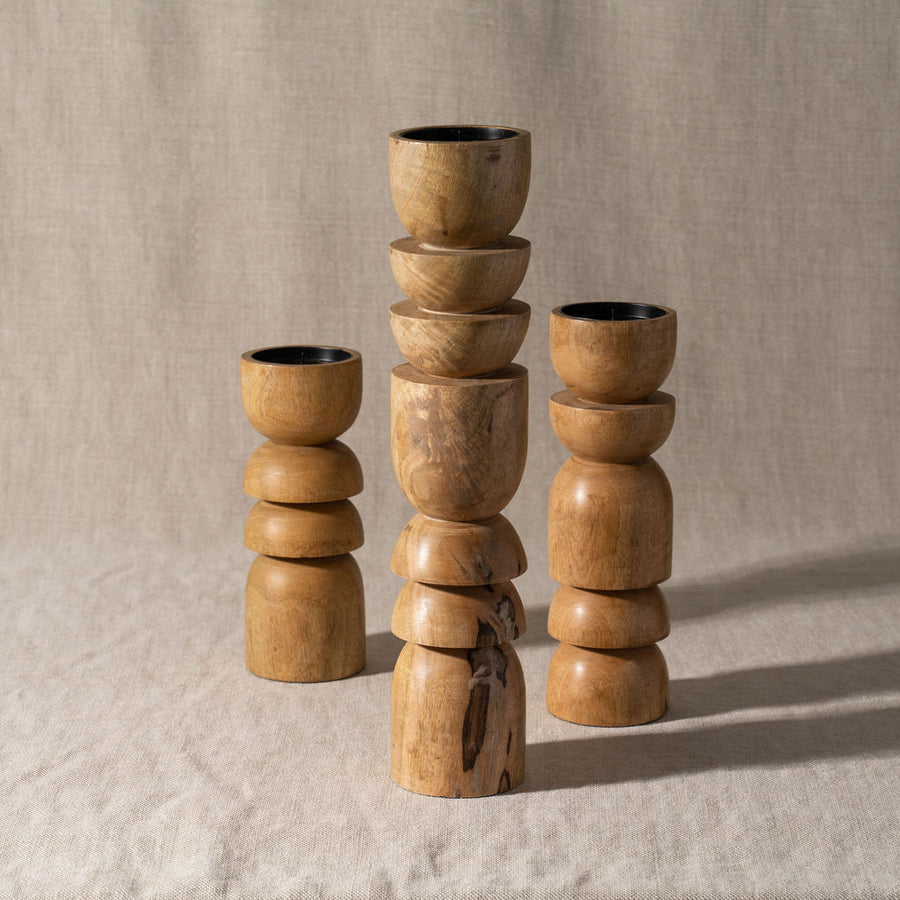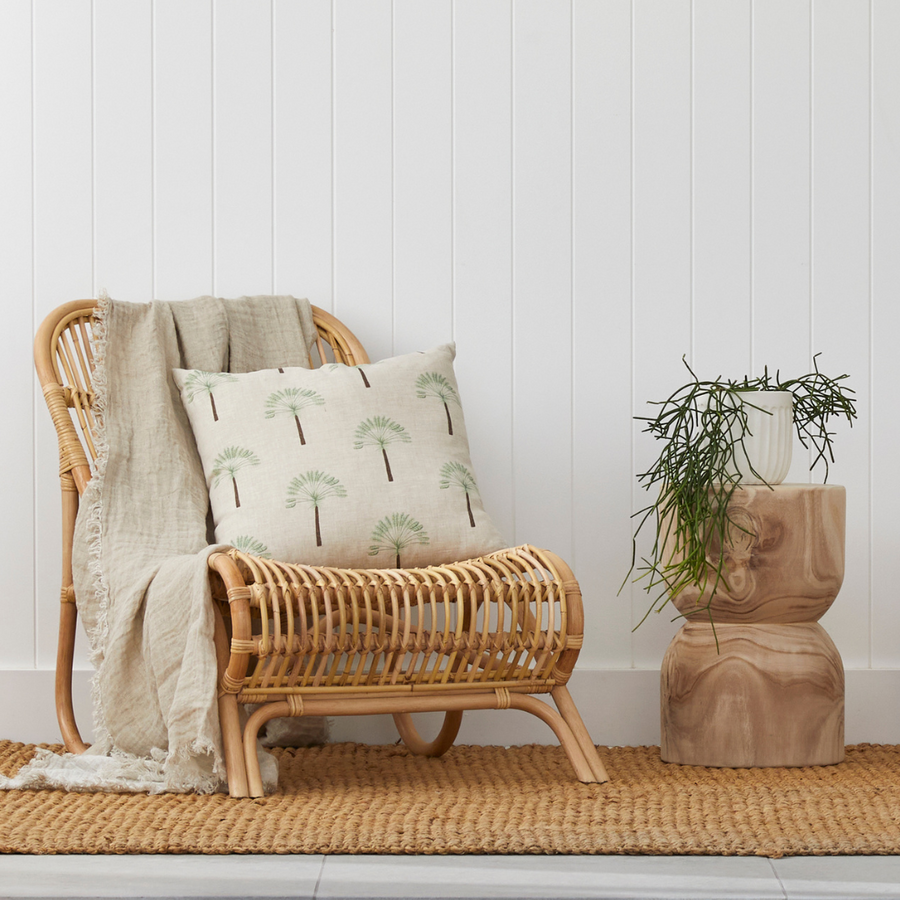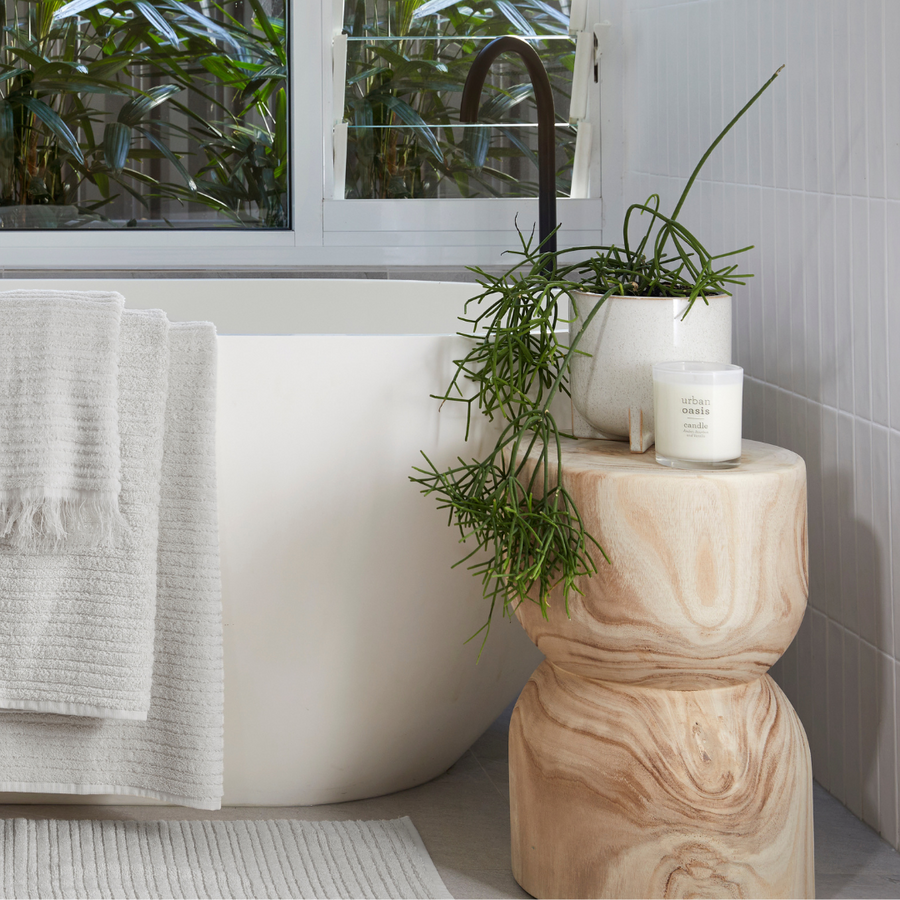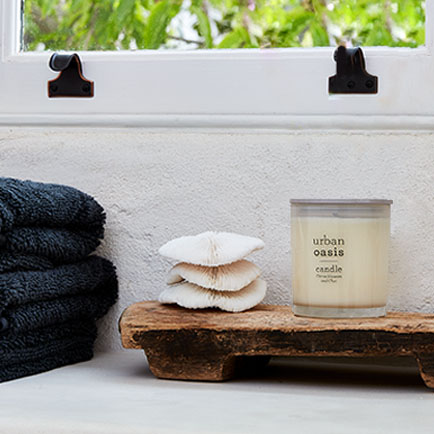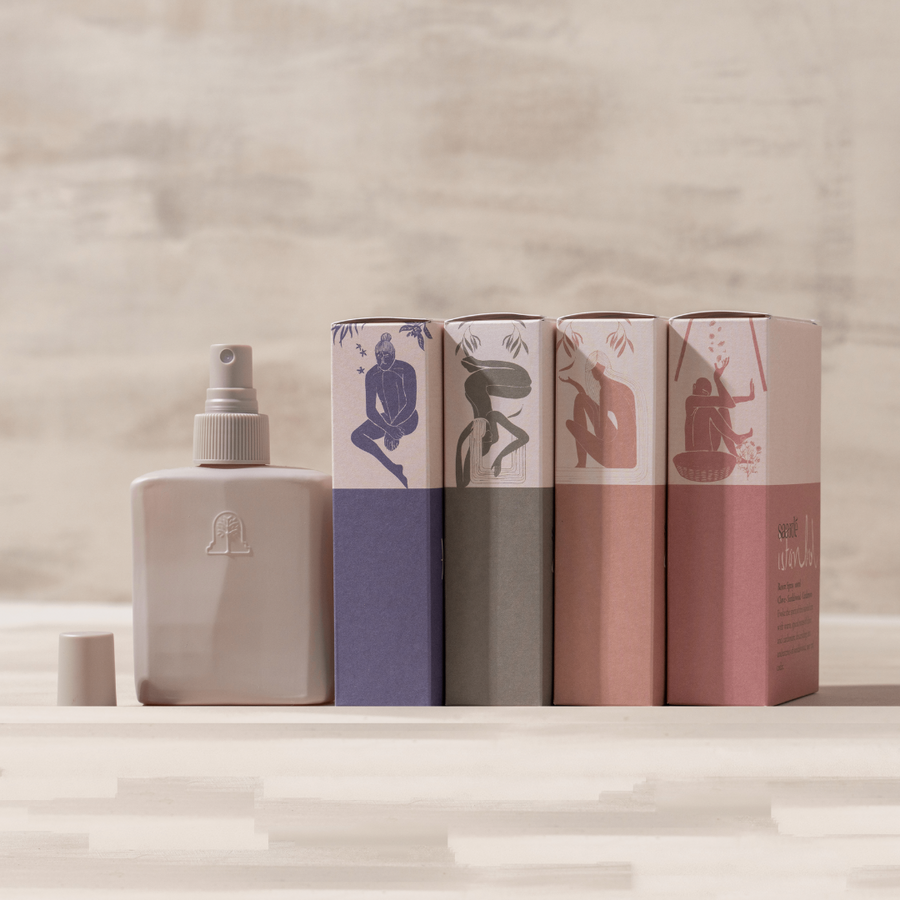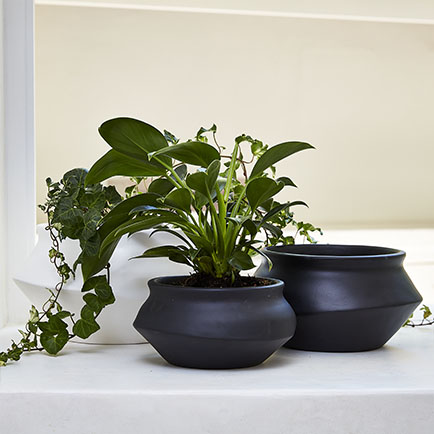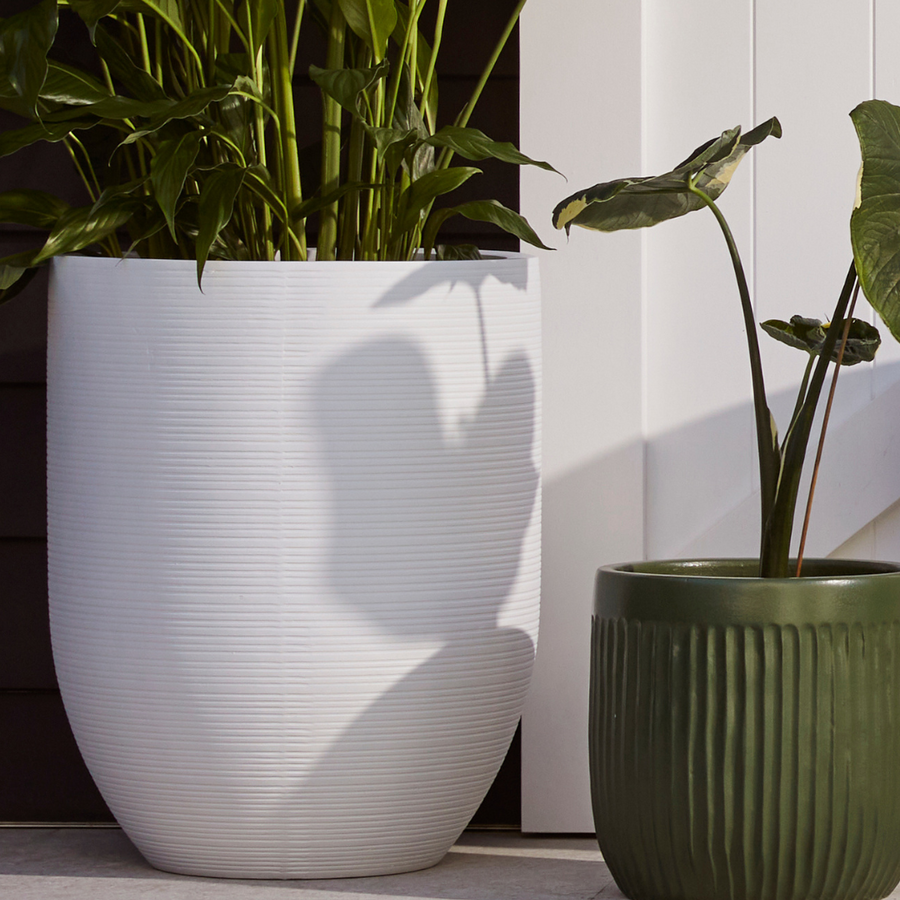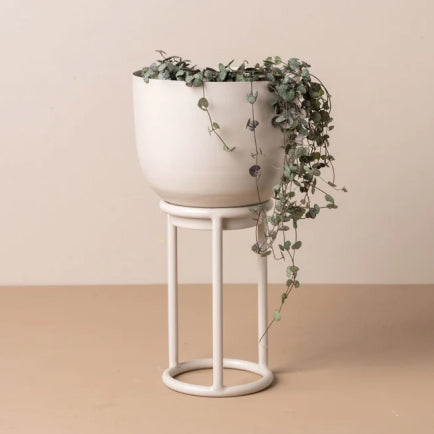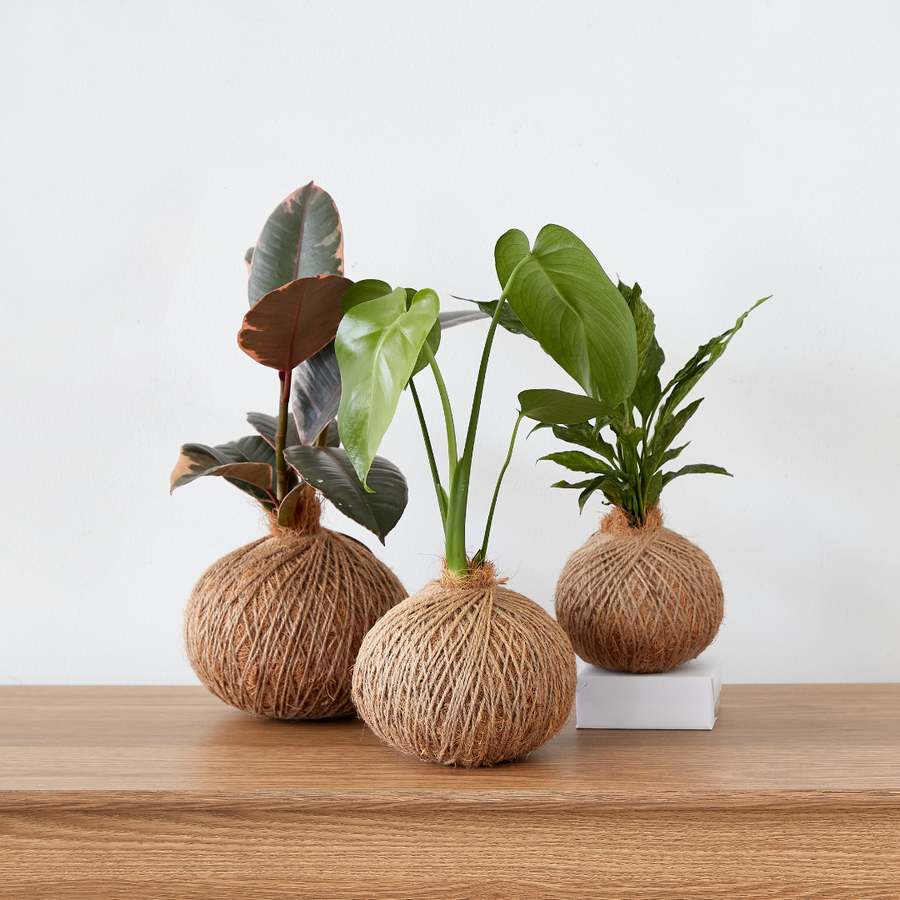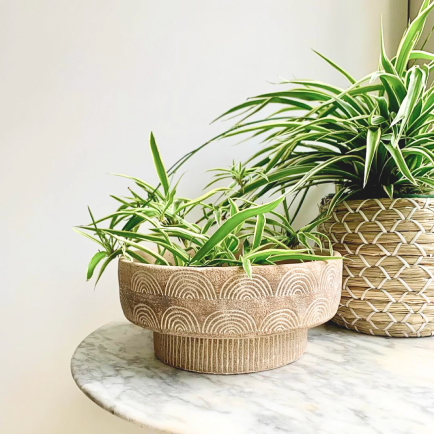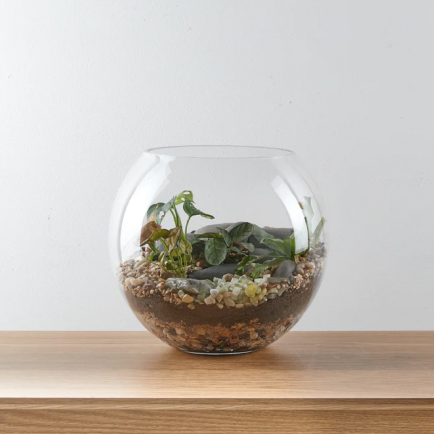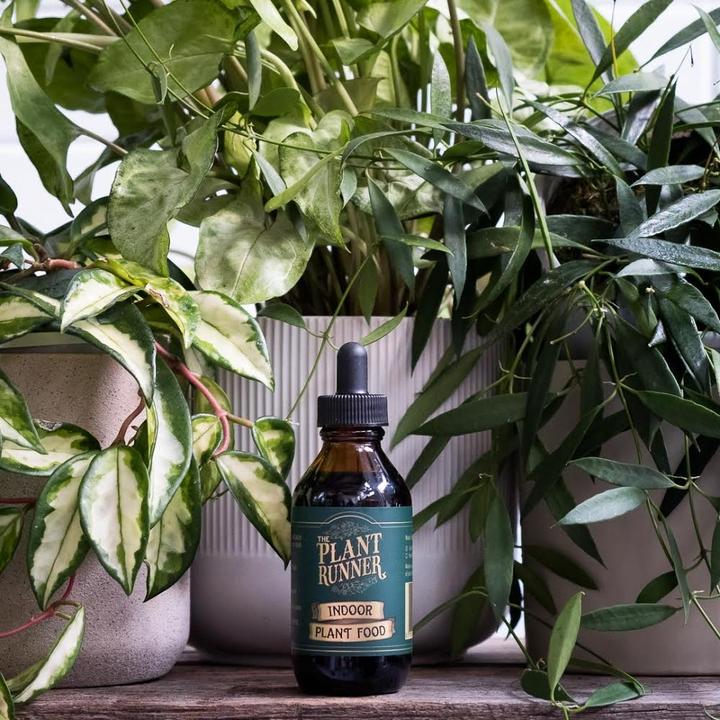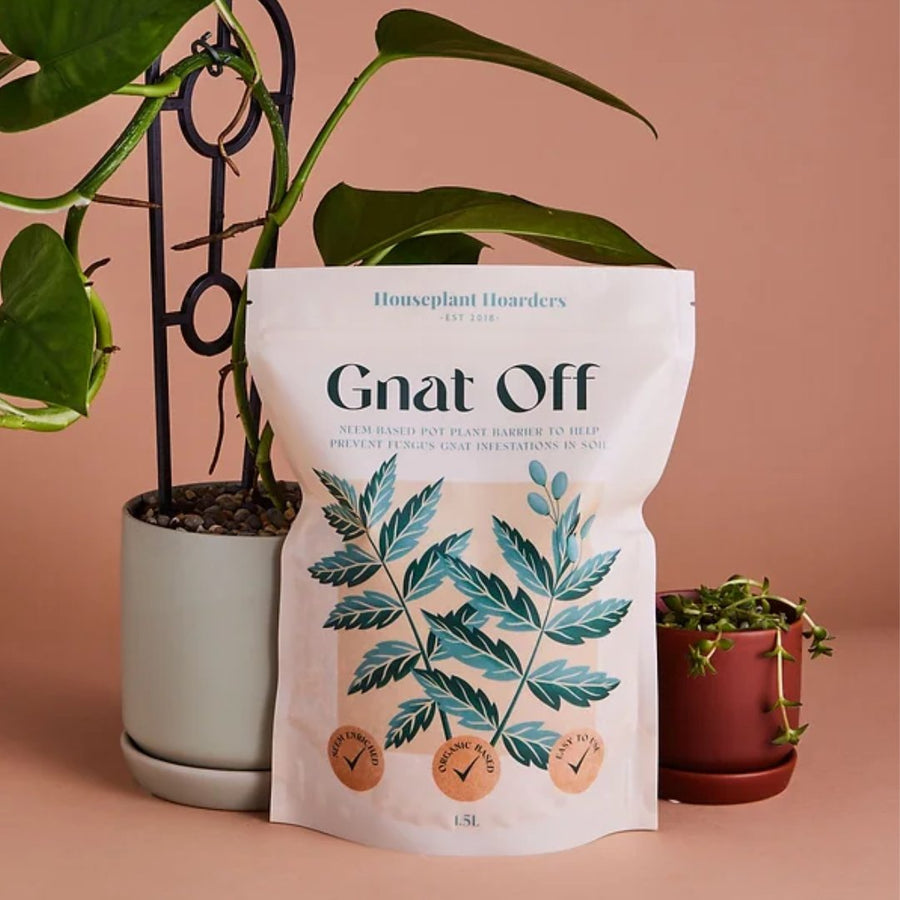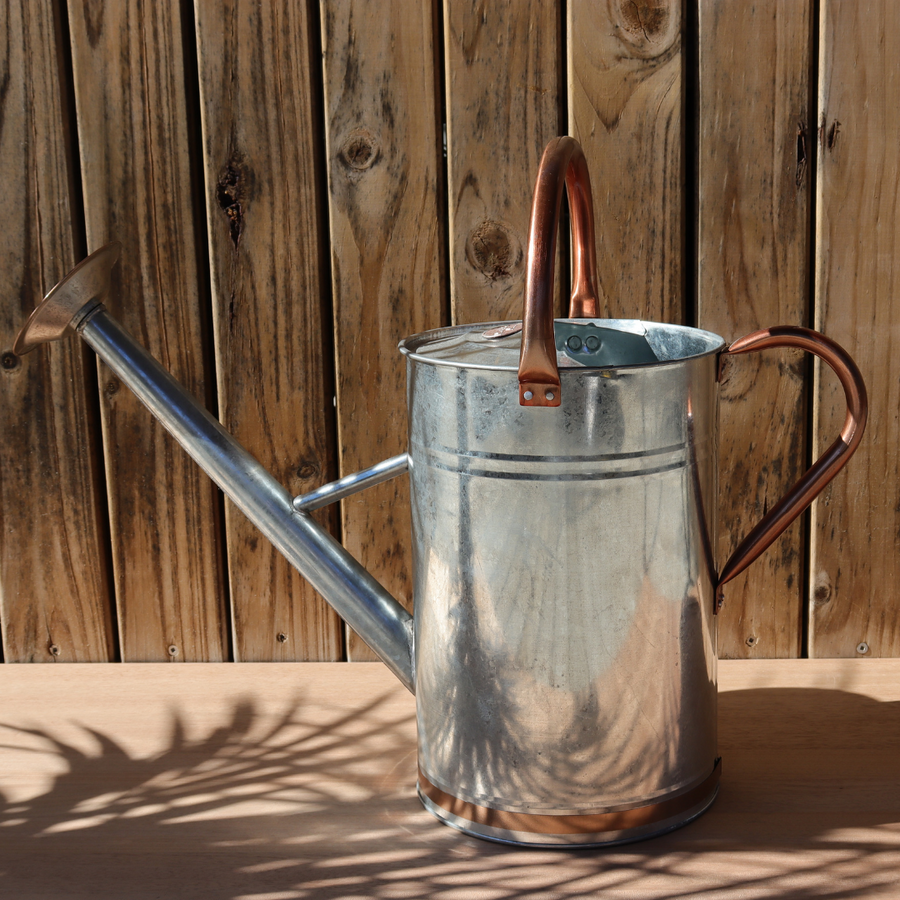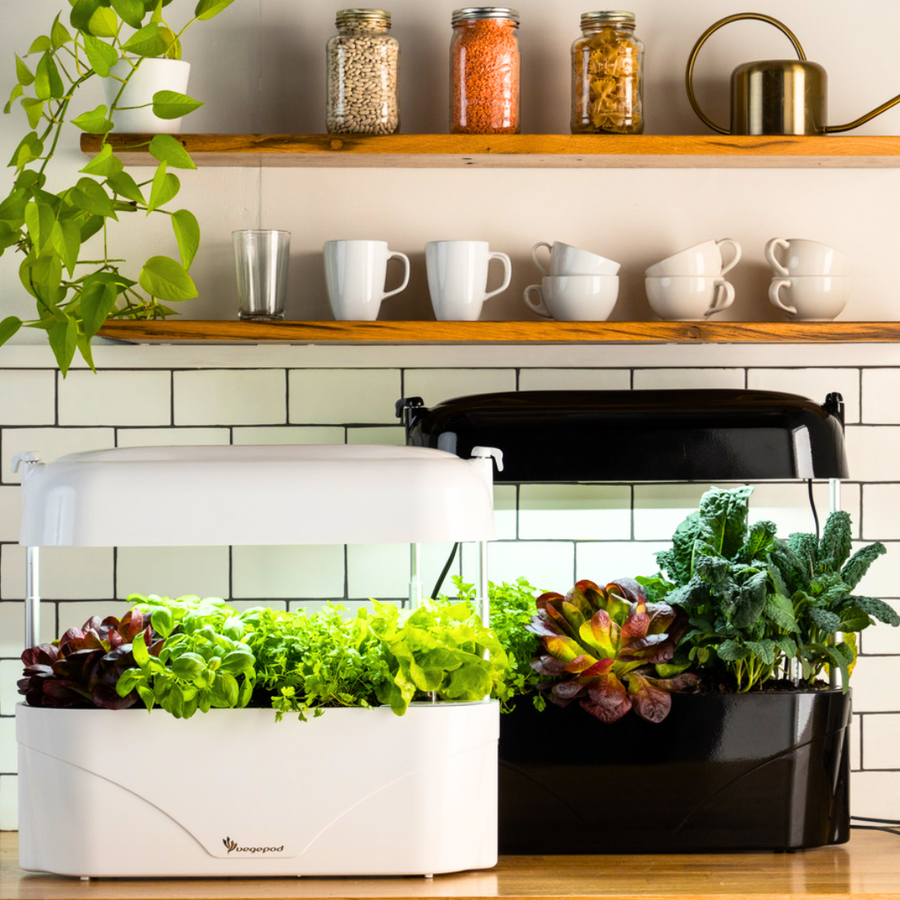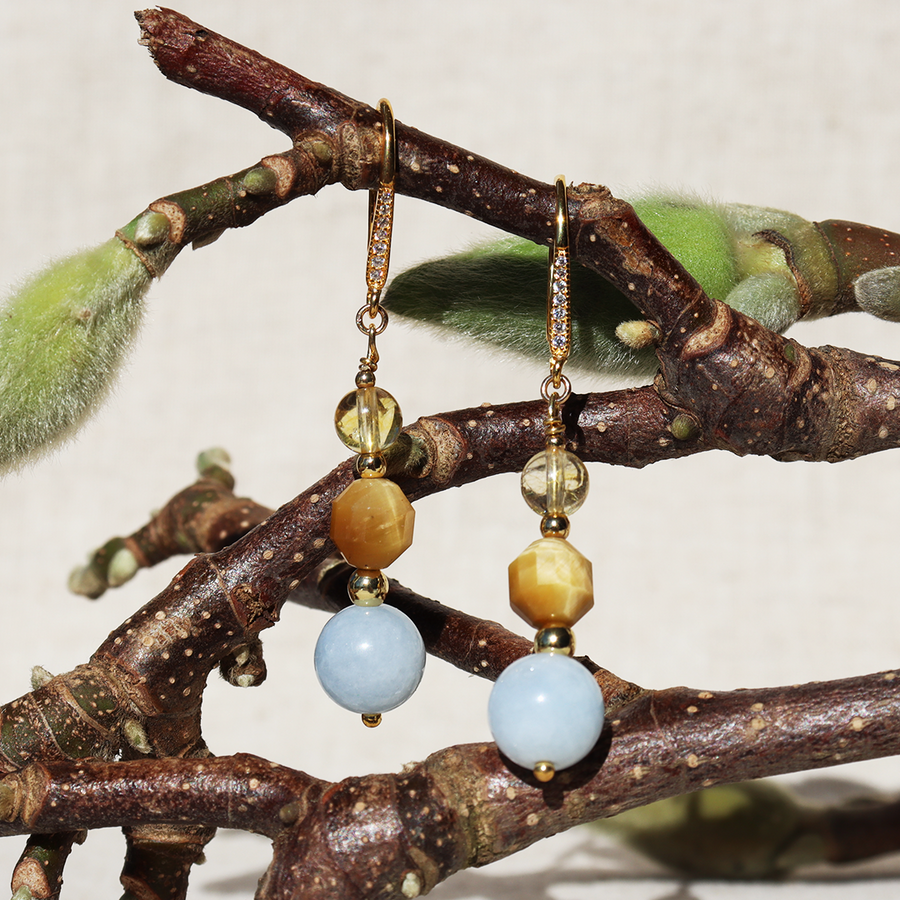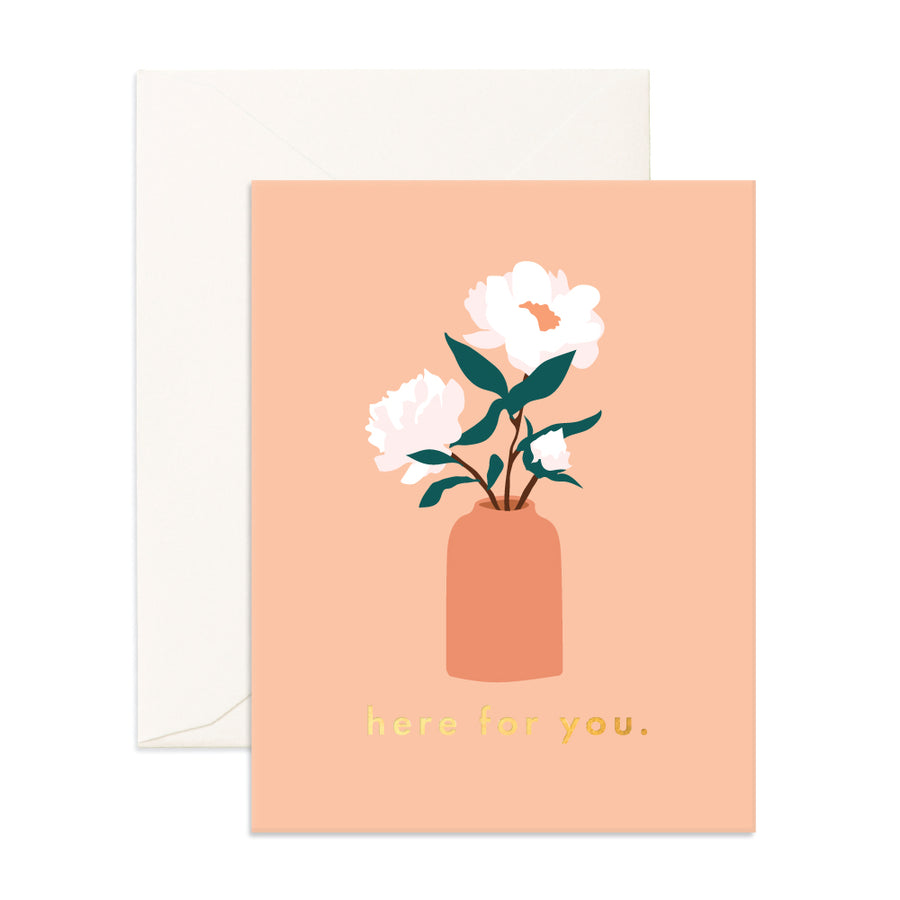What goes in, must come out, so this post is going to deal with all those dirty questions we normally avoid.
Cats
Whilst we might imagine teaching our cat to wee in the toilet (like the scene from Meet the Parents) must of us are still using a litter tray. If, on the other hand, you have the neighbour’s cat using your vegetable garden or sand pit as their toilet, it can be very annoying. You can put up a barrier, or try and use a repellent. We stock ‘Keep Off’, which contains a highly perfumed repellent which cats (and dogs) find offensive. It confuses their sense of smell and also masks the residual odour of any previous excrement or urine which would normally attract them. Over a period of three to four weeks animals can be trained to avoid the treated areas. We also stock ‘Scat’ which has a bitter taste that repels cats (and a wide variety of birdlife, dogs, rats, possums and rabbits) and can be used on fruit crops and ornamentals.
Dogs
The Digging-Est Dog, by Al Perkins tells the tale of Sam's new dog Duke as he learns to dig holes, and then can't stop. He digs up gardens, road and buildings… if you have a dog like Duke at your place it can be very difficult to establish a garden. The first thing to try is distraction. Providing toys, walks, and company should help. Next, make sure you avoid using fertilisers like blood and bone or Dynamic Lifter, as they may find them particularly attractive and try to eat it. Another trick is to bury your dog’s own faeces back into the holes that they are digging and causing you grief with, which can act as a deterrent. Alternatively, actually create a dig pit, burying bones and toys in it, so that your dog sticks to the one place, rather than digging up the whole garden.
The other frustration for dog owners can be when their lawn has yellow patches appear. First, make sure you don’t have a lawn disease, as some can look like spots too. Read here if you’re unsure. Their urine can burn your grass, especially if your dog doesn’t drink enough water during the day, which tends to concentrate the nitrates that are causing the damage. Irrigating both your dog and the lawn will help reduce the impact of their urine. You can also buy ‘dog rocks’ from some pet stores, which, when added to their drinking bowl, removes some of the ammonia and nitrates.
Alternatively, create a gravelled or mulched area in your yard, or even put down a patch of fake turf, and train your dog to go there by taking them their on a lead for a while, praising them when they wee there. They’ll soon get the hang of it. To fix your existing yellow patches, try using an lawn seed and over sowing with fescue and perennial rye, as they are naturally more resistant to urine, and perfect for sowing in winter.
Composting Kitty Litter and ‘Barker’s Eggs’
Dog poo can carry worms and other parasites that effect humans. Cat’s faeces can contain a parasite called Toxoplasma gondii, which is dangerous to humans. For this reason, put your biodegradable litter and animal droppings into a similar separate system that you don’t intend to add the compost back onto your edible plants, or use bury a bottomless system somewhere in the garden away from edibles and pop any poop in there. Compost needs to reach 73 degrees Celsius, to kill them off parasites.
